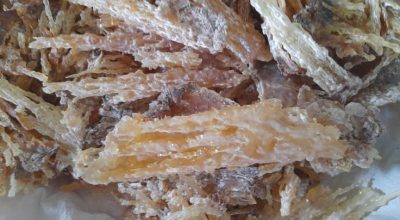boswellia frereana
Basic facts
● Species: Boswellia frereana
● Common name: Frankincense, Olibanum, Frankincense frereana.
● Chemical composition: a-thujene, a-pinene, sabinene, pcymene,
lupeolic acids.

“Profound, opulent, earthy, with a subtle musky quality and referred to as the ‘Monarch of Frankincense.’
Boswellia frereana





ABOUT THE TREE BIOLOGY
Unlike Boswellia carteri trees, B. frereana trees are uniform. They grow up to 8 meters tall, either branched from the base or with a single trunk. They grow either directly out of rocks or in sandy, rocky soil. The bark is pale yellow-brown, flaking, and papery. The leaves are compound and imparipinnate, with oval, characteristically wavy leaflets. The flowers have five petals and are red or reddish green. The fruits are hard, not fleshy, and dispersed by wind. The trees generally prefer hot, dry conditions at low elevations, especially on the sub-coastal plain. However, they do grow up to 750m, sometimes together with B. carteri.
The Somali name for the trees themselves is “Yagcar”, while the resin is known as “Maydi.” The resin is unique for the large size of the tears and for the fact that it contains little to no water-soluble gum or Boswellia acids. For that reason, it’s frequently used as chewing gum, especially in Arab cultures. The essential oil is most often dominated by alpha-thujene, sabinene, and p-cymene, which gives it a characteristically musky scent that’s reminiscent of old churches. A second chemotype is dominated by alpha-pinene, which is sharper, fresh, and not surprisingly, quite piney. Both scents are strong and full-bodied, thoroughly pleasant, and proud.
HARVESTING SYSTEMS
The trees are harvested by making small cuts into the bark and waiting for the resin to seep out. Typically, harvesters wait 15-30 days for the resin to harden before collecting it and re-opening the wound to allow more to come out. Only the resin on the actual wound is collected, though–the resin that has run down from the wound is left to accumulate over the whole season, creating the large tears for which B. frereana is famous. The harvest season often involves 8-12 of these tapping cycles and takes place between September to June. The trees are supposed to receive up to 12-16 cuts, depending on their size.
Most trees are clearly owned by an individual or family. Specific areas with trees, called “farms” by the harvesters, are owned by individuals, and passed down from father to son. The boundaries of each farm aren’t marked or written down but are well-known to each harvester–we are doing some of the first mapping to delineate and monitor each farm we source from.
As with B. carteri, sometimes harvesters feel pressure to put too many cuts on a tree, overharvesting to get more resin. This isn’t due to ignorance or irresponsibility on their part, generally, but simply by wanting to provide adequately for their families and improve their lives. This is why we’re conscious of the need to continuously monitor the trees from which we get our resin, work with the harvesters to ensure that they are being paid fairly and can provide for their families and help support the harvesting communities to develop sustainably.

